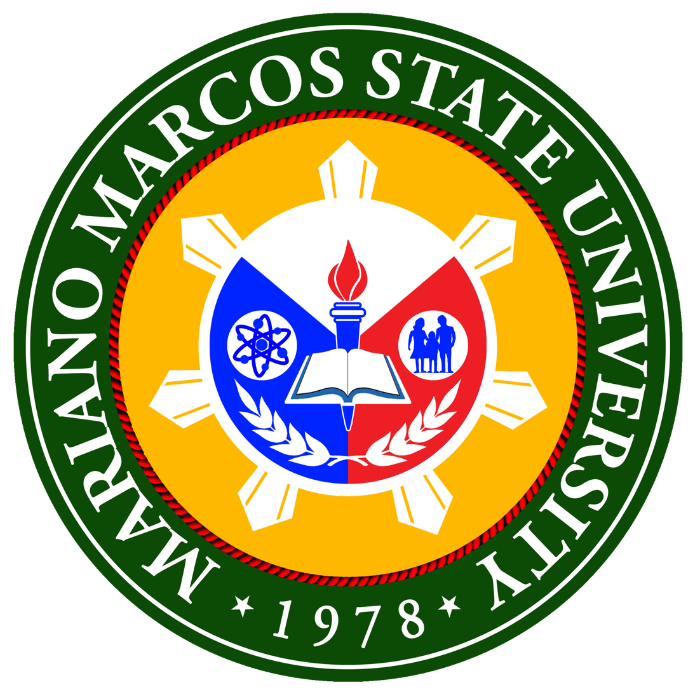MMSU-Nagbacsan site to become agro-industrial ecozone
By DANIEL P. TAPAOAN, JR.
The Nagbacsan site in Brgy. Tabug, City of Batac has started its journey to become an Agro-Industrial Economic Zone (AIEZ) of the Mariano Marcos State University (MMSU).
According to MMSU President Shirley C. Agrupis, the Nagbacsan site is envisioned to become an integrated area for instruction, research, and production. In the development site, the College of Veterinary Medicine, an Agribusiness Complex, and other establishments through Private Partnership Projects (PPPs) will rise by 2025.
“As an AIEZ, it shall be a major driver of the province’s economic growth through knowledge and technology generation and transfer, and heightened synergy among the university, government agencies, and private industries,” she said.
As a jumpstart, members of the university administrative council, chiefs of offices, and other environment enthusiasts participated in the Strategies for a Pandemic-Resilient MMSU seminar cum tree-planting at the site last July 24.
Led by Dr. Agrupis, the activity started with the planting of 274 tree seedlings of duhat, molave, mabolo, narra, and mango in the designated portion of the 11.81-hectare development site.
It was followed by a seminar on the management of trees in the ‘new normal,’ COVID-19 health updates, use of ultraviolet lights against the virus, and the promotion of mental health.
These topics were discussed by the following experts, respectively: Dr. Joselito I. Rosario, CAFSD dean; Dr. Ricardo S. Guanzon, COM dean; Dr. James Patrick K. Peralta, COM Secretary; and Dr. Elizabeth Marfel F. Gagni, director of the Office of Student Affairs and Services.
The event was participated in by Vice Mayor Windell Chua and the Sangguniang Panlungsod members of the City of Batac.
“We are recalibrating our dreams based on the demands of time,” Dr. Agrupis said as she thanked the university constituents for making the activity possible amid the limitations posed by the pandemic.
She emphasized that the transformation of the Nagbacsan site as an AIEZ is part of the MMSU’s Land Use Development and Infrastructure Plan (LUDIP), which serves as the university’s new compass in directing its vision.
Dubbed as “Sirmata 2040,” a team headed by Dr. Carmelo J. Esteban, vice president for planning and development, has already started developing the university’s land use plan by conducting planning workshops in each campus of the university and site visits. LUDIP is a requirement for state universities and colleges in accordance with the Republic Act 11396.
Aside from this, MMSU has also established a Special Economic Zone Institute (SEZI) in Region I, in partnership with the Philippine Economic Zone Authority (PEZA). It seeks to promote export-oriented investments and to increase productivity and income in the region.
Located at the MMSU National Bioenergy Research and Innovation Center (NBERIC) building, the SEZI envisions to develop the College of Aquatic Science and Applied Techonology (CASAT) in Currimao town as an aquamarine zone and the university’s forest reserve plantations in Brgy. Payao, City of Batac as an agroforestry zone. It also aims to establish the Knowledge, Innovation, Science and Technology Park inside the university main campus. (StratCom)
Written By:
Administrator

